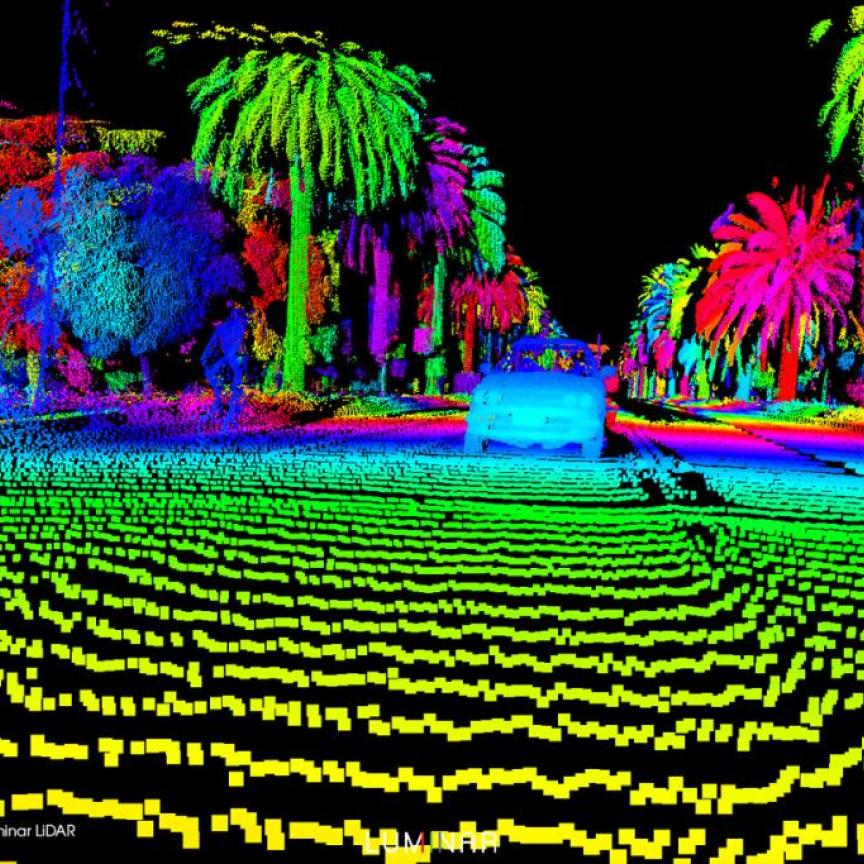The final report of the 2015 International Year of Light and Light-based Technologies has been delivered to UNESCO headquarters in Paris, France.
Eugene Arthurs, CEO of SPIE, the international society for optics and photonics, commented at the event that divisive communication and value gaps separating the spheres of science and politics must be overcome if global Sustainable Development Goals (SDGs) established by the United Nations are to be met.
Arthurs was among partners, joined by other supporters, who delivered the report to UNESCO assistant director-general for natural sciences Flavia Schlegel.
Schlegel said the IYL2015 report was ‘the best final report that I have seen so far... many congratulations to the many consortia partners who made this year possible.’ She noted that the observance had included 13,168 events in 147 countries.
Photonics technologies have profound potential to help meet the UN’s SDGs, Arthurs said. He cited applications such as solar and other renewable energy systems; water cleaning and desalination capabilities; energy-efficient LEDs for lighting in remote as well as developed areas and in enabling urban farming; fibre optic communications networks and processors for wearables and the Internet of Things; remote sensing for monitoring climate, natural disasters, and agriculture; and a plethora of medical technologies for diagnosing, treating, and preventing disease.
The IYL2015 stimulated vital conversation among photonics scientists and engineers, social scientists, economists, politicians, students, educators, and people everywhere about what photonics enables today and its potential for new capabilities.
Continued conversation is imperative going forward, Arthurs stressed. Politicians need to understand the importance of light-based technologies to the safety and well-being of citizens, and the photonics community needs to keep sharing this message including updates as new capabilities are developed.
‘The impact of photonic and other technologies depends at least as much on the actions of governments as on the innovation of engineers and the discoveries of scientists,’ Arthurs said.
In an article for Electro Optics, Jorge Rivero González, the European Physical Society’s IYL 2015 outreach officer, commented: ‘The real success of all the activities undertaken during the year will be achieved if they can long outlive 2015, creating an everlasting legacy that could transform our society. There are many areas where the IYL 2015 has produced a profound impact and is expected to leave a lasting legacy.’
Ana María Cetto of the Instituto de Física, UNAM, and director of the Museum of Light, México, has advocated for a designated Day of Light on 16 May, the anniversary of the first successful firing of a laser. The European Photonics Industry Consortium (EPIC) has also established the Day of Photonics, a biennial event due to take place on 21 October.
‘The IYL2015 has provided a timely reminder that through our commitment to education and outreach, we can really make a difference,’ said John Dudley, chair of the IYL015 steering committee. ‘It is now up to us to build on what we have learned and what we have accomplished during 2015 to continue to work together for the betterment of all.’
Arthurs and Dudley were joined at the report presentation by other speakers representing partners and sponsors of the IYL2015 observance.
SPIE was a Founding Partner of IYL2015 along with other scientific organisations.
Related articles:
Year of Light legacy: towards a better future - As the International Year of Light and Light-based Technologies draws to a close, Jorge Rivero González, the European Physical Society’s IYL 2015 outreach officer, sets out the legacy left by the initiative
Further information:

